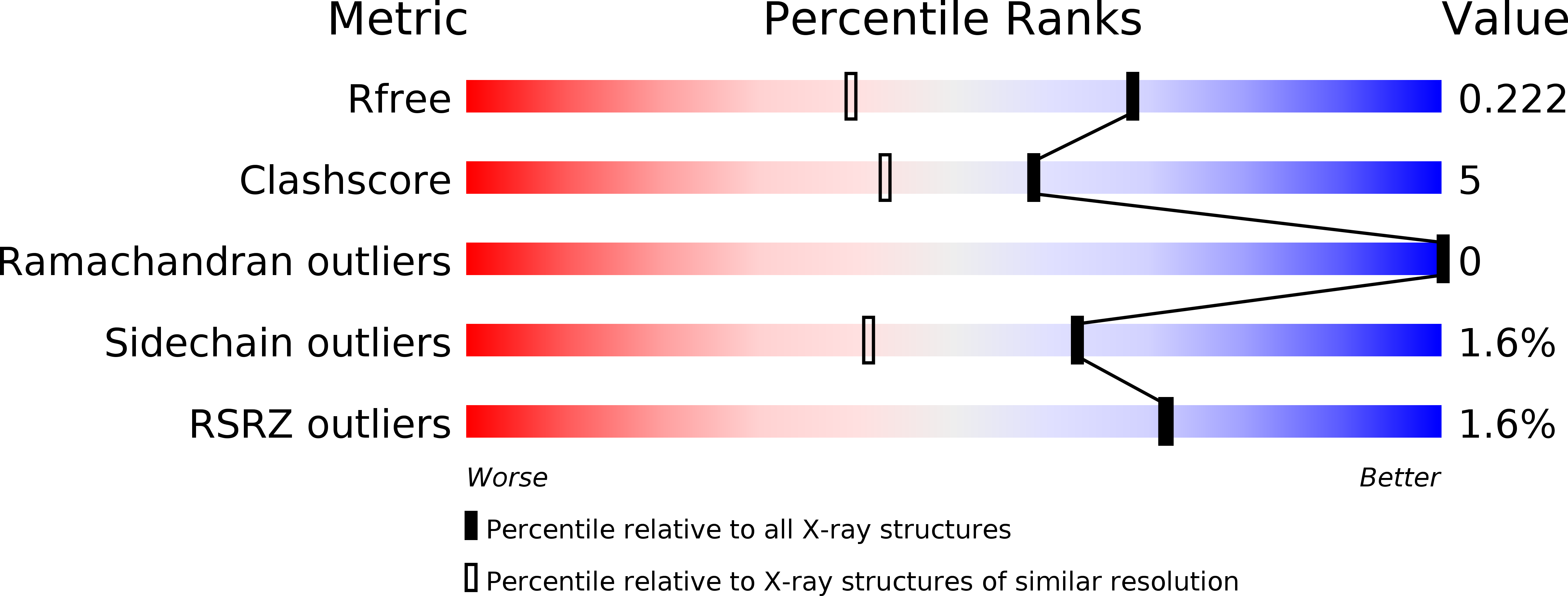
Deposition Date
2012-03-11
Release Date
2013-01-16
Last Version Date
2024-10-09
Entry Detail
PDB ID:
4E40
Keywords:
Title:
The haptoglobin-hemoglobin receptor of Trypanosoma congolense
Biological Source:
Source Organism:
Trypanosoma congolense (Taxon ID: 1068625)
Host Organism:
Method Details:
Experimental Method:
Resolution:
1.60 Å
R-Value Free:
0.22
R-Value Work:
0.20
R-Value Observed:
0.20
Space Group:
P 65 2 2


